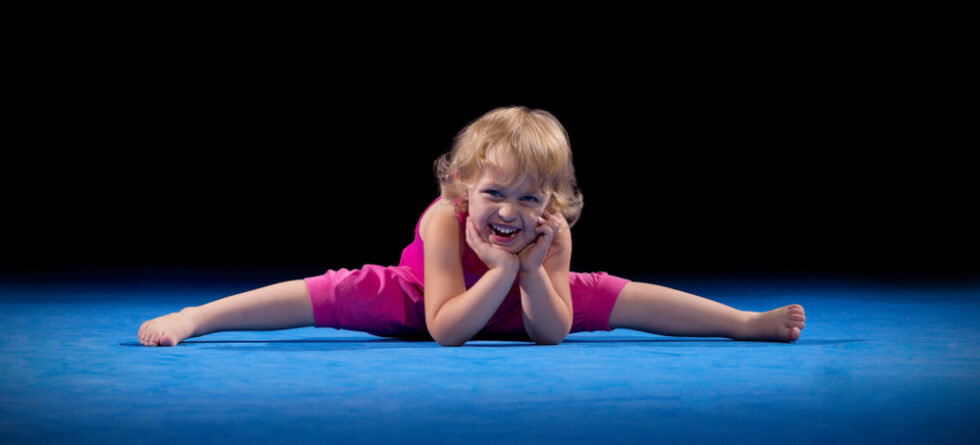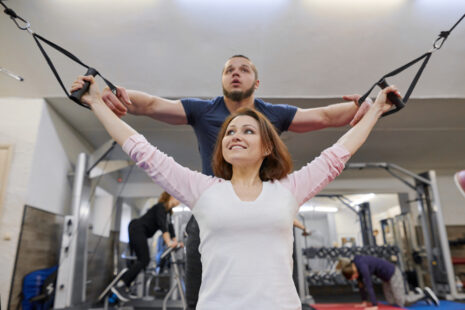Preparing your child for gymnastics involves both physical and mental preparation, along with logistical considerations.
Steps to make sure they are ready and excited for the journey ahead in gymnastics…
1. Physical Preparation
- Basic Fitness – Encourage general physical activity to build your child’s stamina, strength, and flexibility. Activities like playing at the playground, climbing, jumping, or even simple at-home exercises can be beneficial.
- Stretching – Introduce a routine of gentle stretches to improve flexibility. Make it fun and interactive to encourage daily practice.
- Nutrition – Focus on a balanced diet that supports your child’s energy needs. Hydration is also crucial, especially before, during, and after classes.
2. Mental Preparation
- Understanding the Sport – Help your child understand what gymnastics is by watching gymnastics videos or attending local competitions. This can build excitement and set realistic expectations.
- Setting Goals – Discuss what your child hopes to achieve through gymnastics, whether it’s learning new skills, making friends, or simply having fun. Setting goals can help motivate and focus their efforts.
- Building Confidence – Encourage your child, emphasizing effort and progress rather than perfection. Celebrate small achievements to build their confidence.
3. Choosing the Right Program
- Research – Look for reputable gymnastics schools or programs in your area. Consider factors like the qualifications of the coaches, the safety measures in place, and the overall environment.
- Trial Classes – Many programs offer trial classes. This can be a great way to gauge your child’s interest and comfort level before committing to a full session.
- Age-Appropriate Classes – Ensure the class is suitable for your child’s age and skill level. Starting with a class that matches their developmental stage can enhance their learning and enjoyment.
4. Preparing for the First Class
- Appropriate Attire – Outfit your child in comfortable, stretchable clothing that allows for a full range of motion. For girls, a leotard is standard; for boys, fitted T-shirts and shorts work well. Long hair should be tied back, and jewelry should be removed to prevent injuries.
- Understanding the Rules – Discuss the importance of listening to the coach, following directions, and practicing safety at all times.
- Emotional Support – Reassure your child that it’s okay to feel nervous and that every gymnast was a beginner once. Remind them that practice and patience are key to learning gymnastics.
5. Logistical Considerations
- Transportation – Plan how you’ll get your child to and from gymnastics classes, considering your schedule and the location of the gymnastics facility.
- Communication – Keep open lines of communication with your child’s coach. They can offer valuable insights into your child’s progress and how you can support them at home.
6. Health and Safety
- Medical Check-up – Consider a check-up with your child’s pediatrician before starting gymnastics, especially if they have any pre-existing health concerns.
- Hydration and Nutrition – Teach your child the importance of staying hydrated and eating nutritious meals, particularly on practice days.
7. Encourage Fun & Friendship
- Social Aspects – Gymnastics is also about making friends and being part of a team. Encourage your child to be open and socialize with their peers in the class.
- Enjoy the Process – Remind your child (and yourself) that the goal is to have fun and enjoy the process of learning and growing in gymnastics.
Preparing your child for gymnastics is about more than just physical readiness; it’s also about setting the right expectations, providing support, and ensuring they have a positive and enriching experience.




